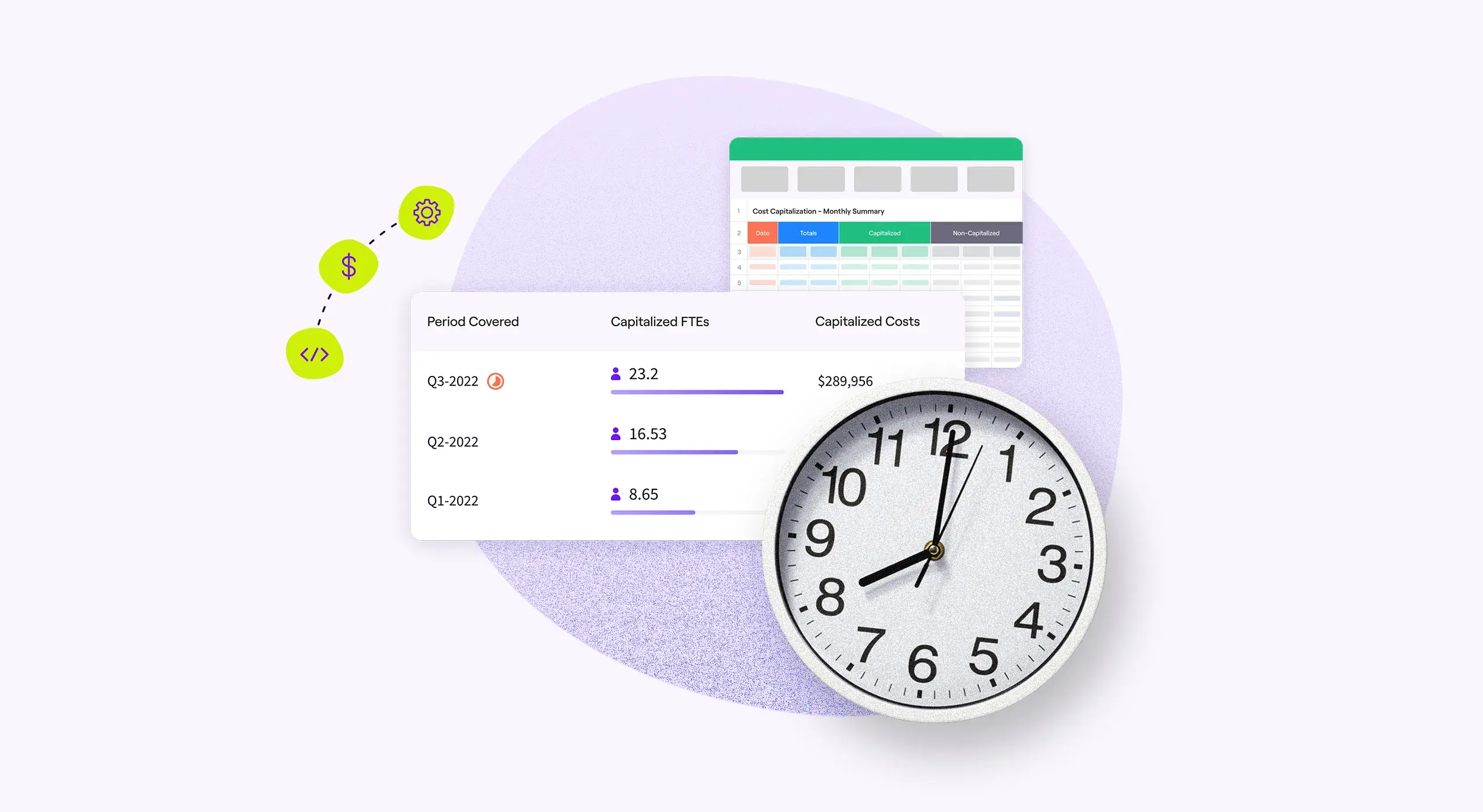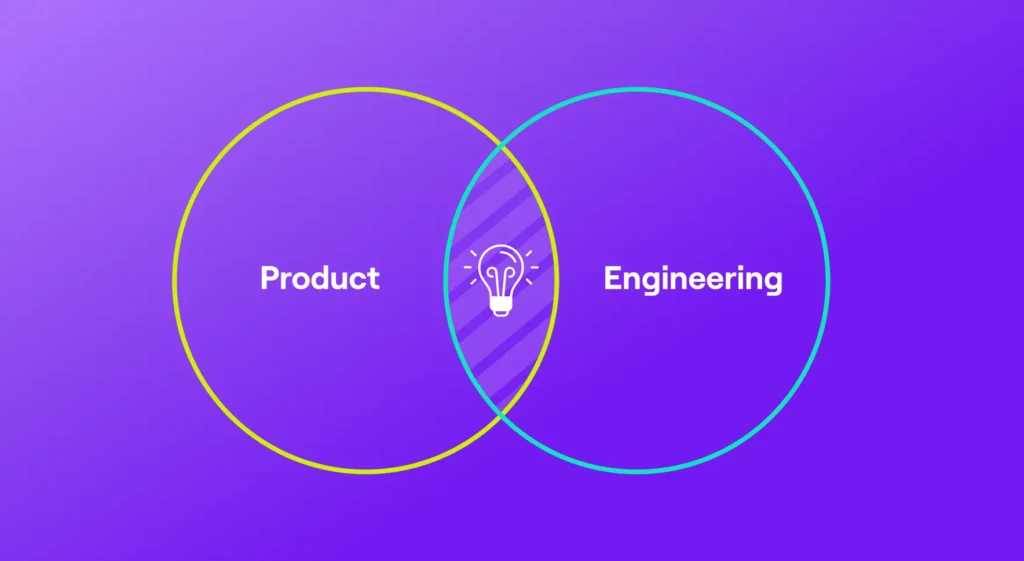2023 was coined as “the year of efficiency,“ and 2024 is shaping up to be the second year of efficiency. This past year, engineering leaders re-adjusted priorities and optimized engineering operations due to constrained resources and direction from executive leadership. 2024 will require similar principles, and teams will need to continue to double down on optimizing engineering operations.
In this “era of efficiency,” we must continue asking ourselves: where can our teams become more efficient? Where can we automate, streamline, or eliminate repetitive tasks? Are there “quick wins” that could help us build momentum heading into 2024? We’re here to let you in on a little secret…if you haven’t done this already, leaders need to streamline cost reporting and software capitalization. In terms of R&D operational improvements, it’s low-hanging fruit. It’s low lift and high impact, and your teams and business will thank you for doing it.
Software capitalization is not nearly as flashy of a topic as, for example, Generative AI, but there are significant tangible efficiencies your team will see from automating cost reporting. This isn’t some long-term bet; your peers are seeing the benefits of automating software capitalization today. Let’s discuss why now is the time to streamline software capitalization, cost reporting, and engineering-finance workflows.
The current process: distracting engineers.
Pulling engineers away from their current priorities is never desired, but sometimes necessary. Our own Jellyfish Research team has quantified the impact of context switching on delivery management and engineering operations more broadly, and suffice it to say…it’s a productivity killer.
Reporting on engineering efforts toward different types of work (for software capitalization or other purposes) typically requires some form of manual time tracking. Engineers and their managers spend hours a month going through their Jira, looking at their calendars, and “guesstimating” how much time they spend on projects. This process is error-prone; it requires your teams to know what work is capitalizable in the eyes of the finance team and auditors. The process is littered with inaccuracies and becomes a significant time investment each month for engineers. And if your engineers haven’t told you already (they probably have), they really hate doing it.
Automating software capitalization is necessary and invaluable.
Cost reporting pulls you and your teams away from the team’s strategic priorities, but it’s crucial to the business. You can’t say no to helping the accounting department use a best practice for representing your R&D team’s time investments. The “time-tracking” information required is invaluable to the finance team for software capitalization purposes. But in this era of efficiency, we can’t continue to demoralize our teams and introduce more whiplash. We need to gather this data in a way that doesn’t interrupt engineers’ workflows, or better yet, involve them at all. Yes, this is possible! Teams are doing this today. It’s drastically reducing the number of hours teams spend on reporting while also increasing the defensibility of the data provided.
The benefits companies see from cost reporting automation
After streamlining and automating their software capitalization process, Iterable cut 24 hours of their process each month. In other words, they got a whole extra day back because they didn’t have to time track. This equates to a 98% reduction in the amount of time spent on software capitalization.
Adam Ferrari of the Salsify team estimated that managers and directors spent over 700 hours/year collecting this information. Since streamlining reporting with Jellyfish, those 700 hours disappeared. And, in his words, the benefits were almost immediate:
“We got value out of Jellyfish almost immediately with the cost capitalization features, and the data has been successfully audited twice by our accounting firm, so it is working very well.”
Optimizely, another customer that prioritized streamlining their cost reporting, has saved several days per quarter spent manually collating data, an average of 30 minutes per week, per engineer. When speaking to them about their experiences with the new model, they reported improving the happiness of engineering teams by reducing the toil associated with manual time tracking as well as drastically enhancing the “accuracy” of their capitalization reports.
Let’s get engineers out of cost-reporting already.
Engineers should never have to manually track the time they spend on projects that they’ve worked on. With drastically better solutions to time tracking in spreadsheets, engineering organizations cannot continue to be complacent and pull engineers away from development tasks to retroactively report what they have worked on. Despite the catchy clickbaity articles, you don’t need some fancy ML algorithm to start automating your engineering operations. Start with easy-win projects that translate to big-time cost/time savings for your organization. Start with cost reporting. And check out our product tour, to see how Jellyfish streamlined capitalization in the earlier examples provided.






